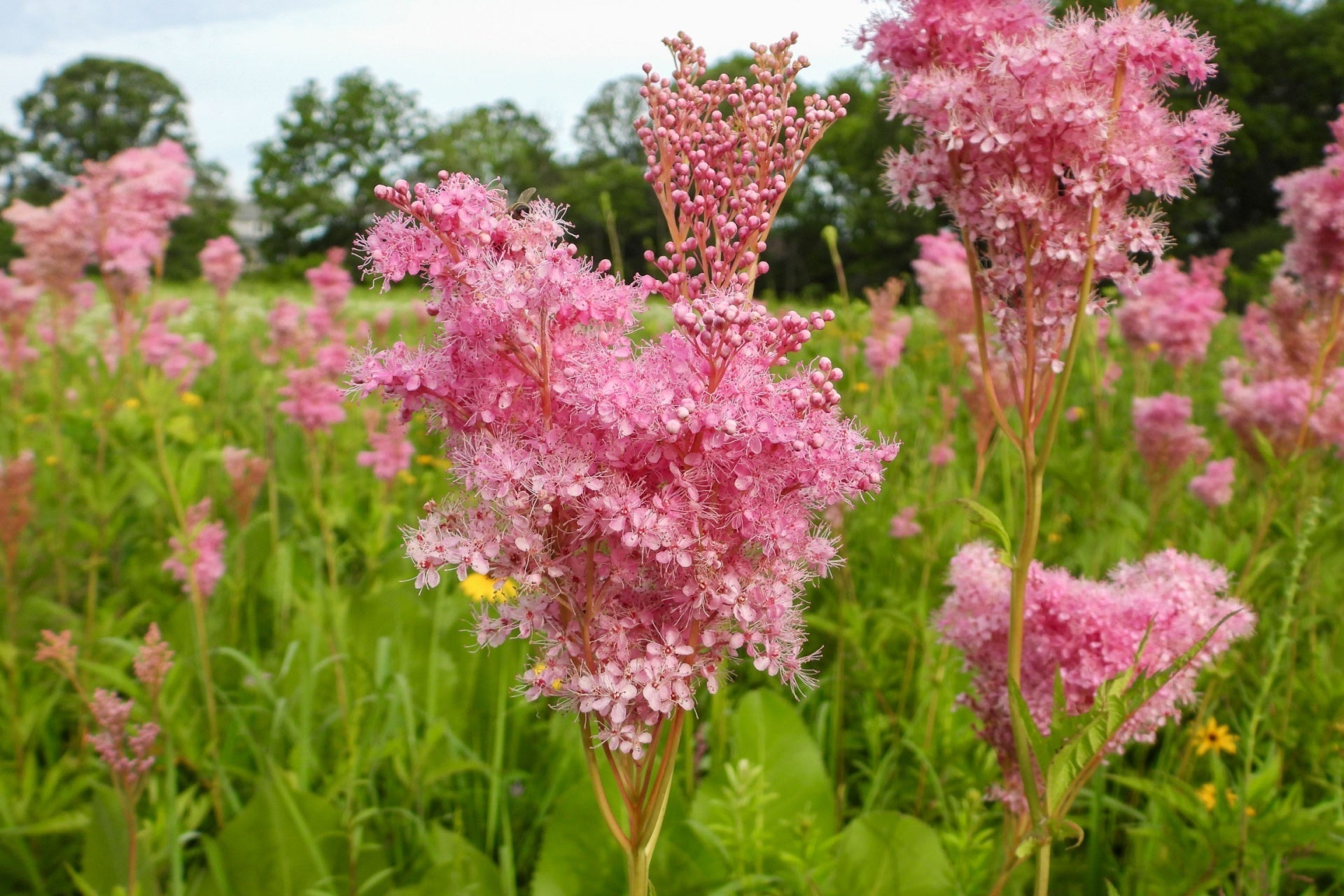Native plants have become the cornerstone of sustainable gardening due to their ecological benefits, low maintenance needs, and natural beauty. Whether you're creating a pollinator haven or simply want a thriving garden with minimal effort, understanding native plant care is key to success.
Here's your comprehensive guide to growing and maintaining native plants effectively
What Are Native Plants?
Native plants are species that grow wild in areas where humans' have never planted them. Originating from bird's dropping seeds and wind, these plants have adapted to wild, local climates, soil conditions, and wildlife.
Benefits of Native Plants:
Requires very minimal if any water and fewer and mostly no fertilizers. Native plants provide food and shelter for wildlife and harvesting from humans alike. They also build the soil health and prevent erosion.
Getting Started with Native Plants
1. Choose the Right Plants for Your Region
The success of your native garden depends on selecting species suited to your climate, soil type, and available sunlight. Use resources like the USDA Plant Hardiness Zone Map to determine your area's conditions.
2. Soil Preparation
Native plants are resilient, but preparing your soil ensures a strong start. Test Your Soil: Use a soil testing kit to check pH and nutrient levels. Most native plants prefer slightly acidic to neutral soils. Amend Only If Necessary
Avoid over-fertilizing
">Adding compost or organic matter may suffice if the soil is compacted or depleted. 3. Planting Tips Native plants are best planted in the fall or spring, depending on your region.
Spacing:
Give each plant room to grow based on its mature size. Overcrowding can lead to competition for resources.
Watering:
>Water immediately after planting to establish roots, then gradually reduce as the plants adapt to natural rainfall.
Mulching:
Add a layer of mulch to retain moisture and suppress weeds, but avoid piling mulch against stems.
Caring for Native Plants
1. Watering Once established, native plants need minimal watering. However, during prolonged droughts, supplemental watering may be required to keep them healthy.
2. Pruning Remove dead or damaged growth in early spring before new growth begins. For aesthetic purposes, cut back perennials after they've gone dormant.
3. Managing Pests and Diseases Native plants are naturally resistant to most pests and diseases. Encourage Beneficial Insects: Ladybugs and lacewings are natural predators of harmful pests. Avoid Chemicals: Pesticides can harm pollinators and disrupt the ecosystem.
4. Weeding While native plants compete well with weeds, some manual weeding may be necessary, especially in the first year. Attracting Pollinators Native plants like Milkweed, Bee Balm, and Coneflowers are pollinator magnets. Plant a variety of species to provide nectar throughout the growing season. Include host plants like Milkweed for butterflies to lay their eggs.
A timeline of blooming native plants throughout the seasons to support pollinators year-round.
Seasonal Care Tips Spring:
Clear winter debris and prune as needed
Fertilize lightly with compost if required
Summer:
water sparingly. Deadhead flowers to encourage more blooms.
Fall:
Cut back spent perennials but leave seed heads for birds. Plant new natives to establish roots before winter.
Winter:
Avoid cutting all plants; some provide winter interest and habitat. Protect young plants with mulch if necessary.
Why Native Plants Matter
Cultivating native plants goes beyond aesthetics. They are critical for: Biodiversity: Supporting native insects, birds, and mammals.
Climate Resilience:
Withstanding local weather extremes better than non-natives.
Water Conservation:
Thriving with less irrigation. Common Mistakes to Avoid Overwatering or fertilizing established native plants. Planting invasive species thinking they're native. Ignoring light and spacing requirements.
Thoughts Creating a thriving native garden is a rewarding way to connect with your local ecosystem while promoting sustainability. With proper care, your native plants will not only beautify your space but also provide vital support to wildlife. Start small, choose wisely, and enjoy the natural beauty that native plants bring year after year.


